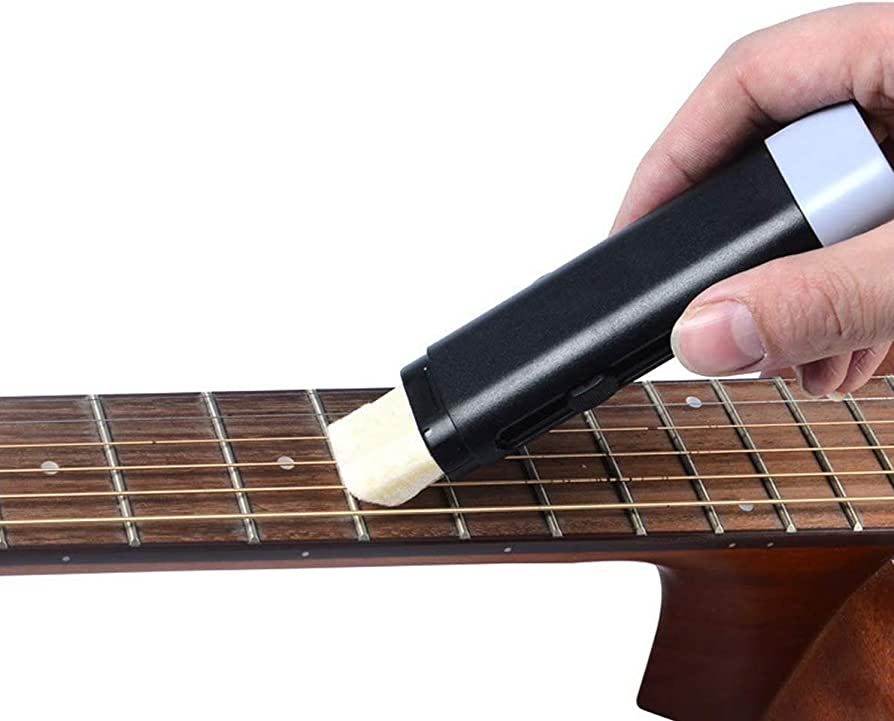Mandolin Maintenance and Care
The mandolin is a beautiful and delicate instrument that requires proper care and maintenance to ensure its longevity and optimal performance. By adopting good maintenance practices, you can keep your instrument in pristine condition and enjoy its vibrant sound for years to come. In this article, we will explore essential tips and techniques for maintaining and caring for your mandolin. From cleaning and string care to humidity control and storage, let's delve into the world of mandolin maintenance.
How to Maintenance and Care a Mandolin
Cleaning
Regular cleaning is vital to keep your mandolin free from dirt, oils, and debris that can accumulate over time. Use a soft, lint-free cloth to gently wipe down the instrument after each playing session. Pay attention to the strings, fingerboard, and body, removing any residue or sweat that may have accumulated. Avoid using harsh cleaning agents or solvents as they can damage the finish. If necessary, use a damp cloth with mild soap specifically formulated for instrument cleaning.

String Care
The strings of a mandolin are crucial to its sound and playability. Keep your strings clean by wiping them down with a dry cloth after each use to remove oils and sweat. Additionally, using string lubricant or conditioner can extend their lifespan and maintain their tone. Be mindful of the string tension and ensure that it remains within the manufacturer's recommended range. Regularly inspect the strings for signs of wear, such as fraying or discoloration, and replace them when needed. After cleaning, using tuner app to tune your mandolin.

Humidity Control
Mandolins are sensitive to changes in humidity, which can cause the wood to expand or contract. To prevent damage, store your mandolin in an environment with stable humidity levels. Ideally, maintain a relative humidity of around 40-50%. Use a hygrometer to monitor the humidity in the room and consider using a humidifier or dehumidifier as necessary. If the humidity is too low, a humidifier can add moisture to the air, and if it's too high, a dehumidifier can help reduce it.
Storage
Proper storage is crucial for protecting your mandolin from accidental damage. When not in use, store your mandolin in a sturdy case or gig bag. Ensure that the instrument fits securely and that the case provides adequate padding and support. Avoid exposing the mandolin to extreme temperatures, direct sunlight, or excessive moisture. If you need to transport your mandolin, use a padded gig bag or a hard case for added protection.

Professional Maintenance
While regular maintenance is essential, it's also recommended to have your mandolin professionally serviced periodically. A luthier or qualified instrument technician can inspect the instrument, adjust the action, perform necessary repairs, and provide valuable guidance on maintaining your mandolin's optimal condition. They can also assist with more advanced tasks such as fretwork, bridge adjustments, and nut or saddle replacements.
Caring for your mandolin is a responsibility that ensures its longevity and preserves its beautiful sound. By adopting good maintenance practices such as regular cleaning, proper string care, humidity control, and careful storage, you can keep your instrument in pristine condition. Additionally, seek professional maintenance when necessary to address any specific issues or adjustments. Remember, a well-maintained mandolin will reward you with years of enjoyable playing and vibrant melodies.







